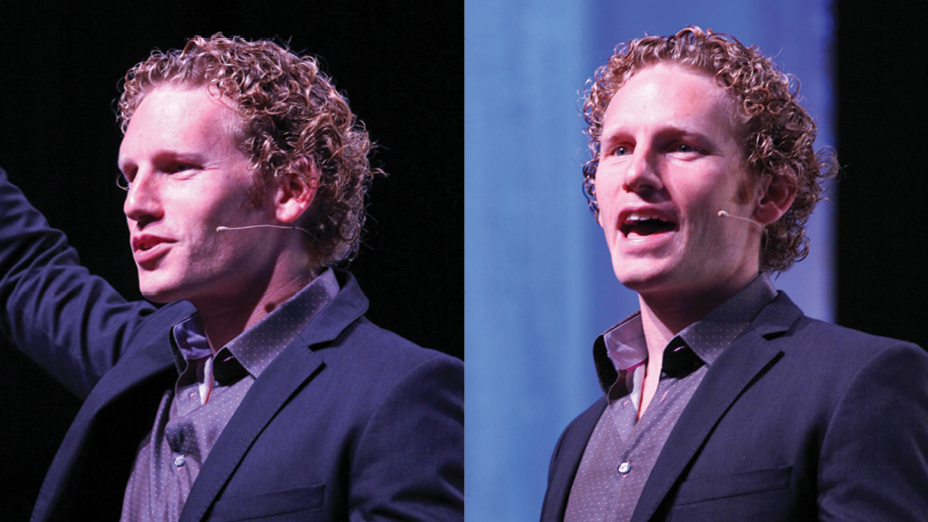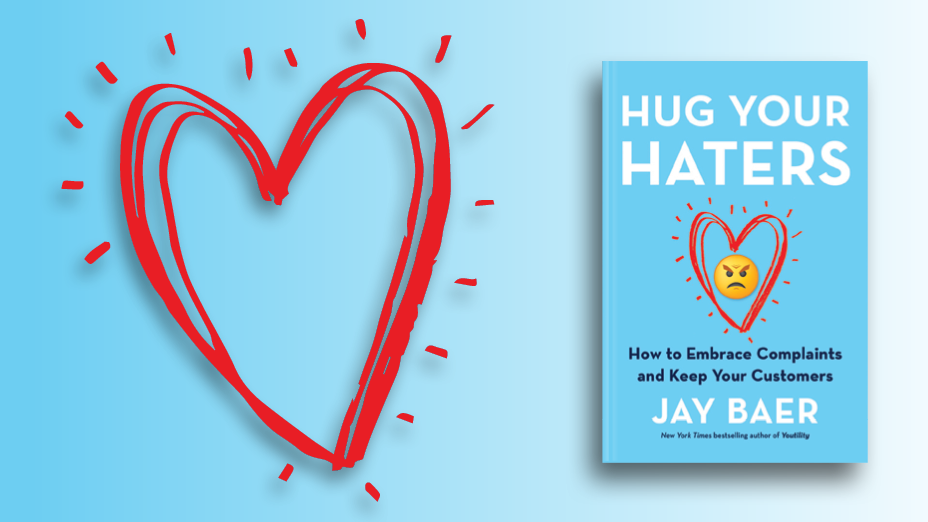“You’re that social media guy, right?”
It is important to figure out the one thing that you do better than anyone else.
I get that. The branding guy. The marketing guy. The tech guy. The media guy. The writer guy. The business book guy. The speaking guy. Depending on how people interface with me (and my content), my branding may vary. I may not love all of those titles, but it’s a great insight into both how the world sees me (thanks for that, Sally Hogshead) and how they connect with the work that I do. With that, when asked what I do, it’s easy to say that I “run a digital marketing agency called Mirum.” It’s easy to tell people that I am a writer, or a speaker on stage for The Art Of. For me, it can be situational, and I’m not all that fussy about it, because it’s all accurate. Many brands are focused on the one thing (and that can be important for an organization to find its differentiation). Of course, it is important to figure out the one thing that you do better than anyone else.
That one thing is actually created by figuring out how many things intersect.
Here’s my simple and fast process that I use to figure out what a true center of excellence is for content. Why do this? Focus. I want to ensure that whatever messaging that I produce, publish and promote ties back (as closely as possible) to my center of excellence.
Use this quick 7-step methodology to build your own center of excellence:
Step #1: The Tactic.
My tactic of primary output is content. Yours might be advertising, word of mouth referrals, networking, database marketing, etc... You don’t have to stick with just one. Obviously, I deploy all tactics to grow the brand. Choosing a primary tactic gives focus. Content works for me, personally, because of my background in writing, journalism, media and communications.
Step #2: The Format.
My format is text and audio. You can choose just one. And, truthfully, my “one” would be text, but I do find myself producing more and more audio content. We live in a world where anyone can have an idea and share it - in text, images, audio and video - and distribute it - for free - to the world. This can be long-form, short-form, live/streaming or produced. This can be highly-produced or more off the cuff. My format of choice is long-form text (articles, business books, etc...) and long-form audio (a weekly podcast called, Six Pixels of Separation – The Mirum Podcast).
"Build it and they will come," is not a promotion strategy.
Step #3: The Frequency.
My frequency is daily for text and weekly for audio. I don’t recommend such a frenetic pace, but I do recommend setting up a regular schedule, and doing everything in your power to stick with it. This is often the most highlyoverlooked and mistreated part of the process. When brands fail at content, it’s usually because they have not figured out a groove and flow, and consumers don’t make the connection. Prior to the Internet, I was a much more voracious consumer of print magazines (had to be, there wasn’t the selection that we have today online). I would often go to the corner store, and I could “feel” when the latest issue of Fast Company was due. It just “felt” like it had been about four weeks since the last issue. I often get feedback when the Six Pixels of Separation Podcast is published later in the day on Sunday. My listeners know that it’s published early Sunday morning. When it’s not there, they feel the gap and this weakens the brand. Frequency will not only keep you on schedule, it will be core to the brand experience.
Step #4: The Triangle of Attention.
Visualize (or, better yet, draw) a triangle. For every point on the triangle choose one area of interest. My three areas of attention are: 1. Brands. 2. Consumers. 3. Technology. What does this mean? I will not produce, share or promote any content that doesn’t (in some way) speak to all (or some) of these areas of attention. It can be only one area (even an idea that is loosely related to just one area), but the more points of the triangle that your content taps into, the more focused it will be. Choosing those three words is not as easy as it looks. If you’re not sure how to get started on this exercise, please get the book Accidental Genius by Mark Levy. It’s about freewriting and list-making and it will help you generate ideas much faster. I promise you, within a few minutes of studying his simple process, you will be rock and rolling.
Step #6: : The Promoter.
How do you get your message to spread? Thankfully, I’ve been able to build (over 15 years) a significant audience. With that, I’ve had the fortune of being a two-time published business book author, an indemand public speaker, I have a regular radio stint and write for several other publications (print and online). In short, I have many outlets and opportunities to promote my thinking. How will you get your message to catch on? What paid and organic media opportunities will you take advantage of? Many well-respected content producers tell me that they spend five hours of promoting their content for every hour of content that they produce. “Build it and they will come,” is not a promotion strategy. This doesn’t have to be a broad list of opportunities. Be very specific and go after it.
Step #7: The Analysis And Adjustment Bureau
Use your analytics (most packages are free) to better understand what is working, where it’s working and how it is working. Think about how often you will use these tools, to not only better understand your audience, but to then adjust and tweak your content to make it connect in a more effective way.





.png)




What Did You Think?